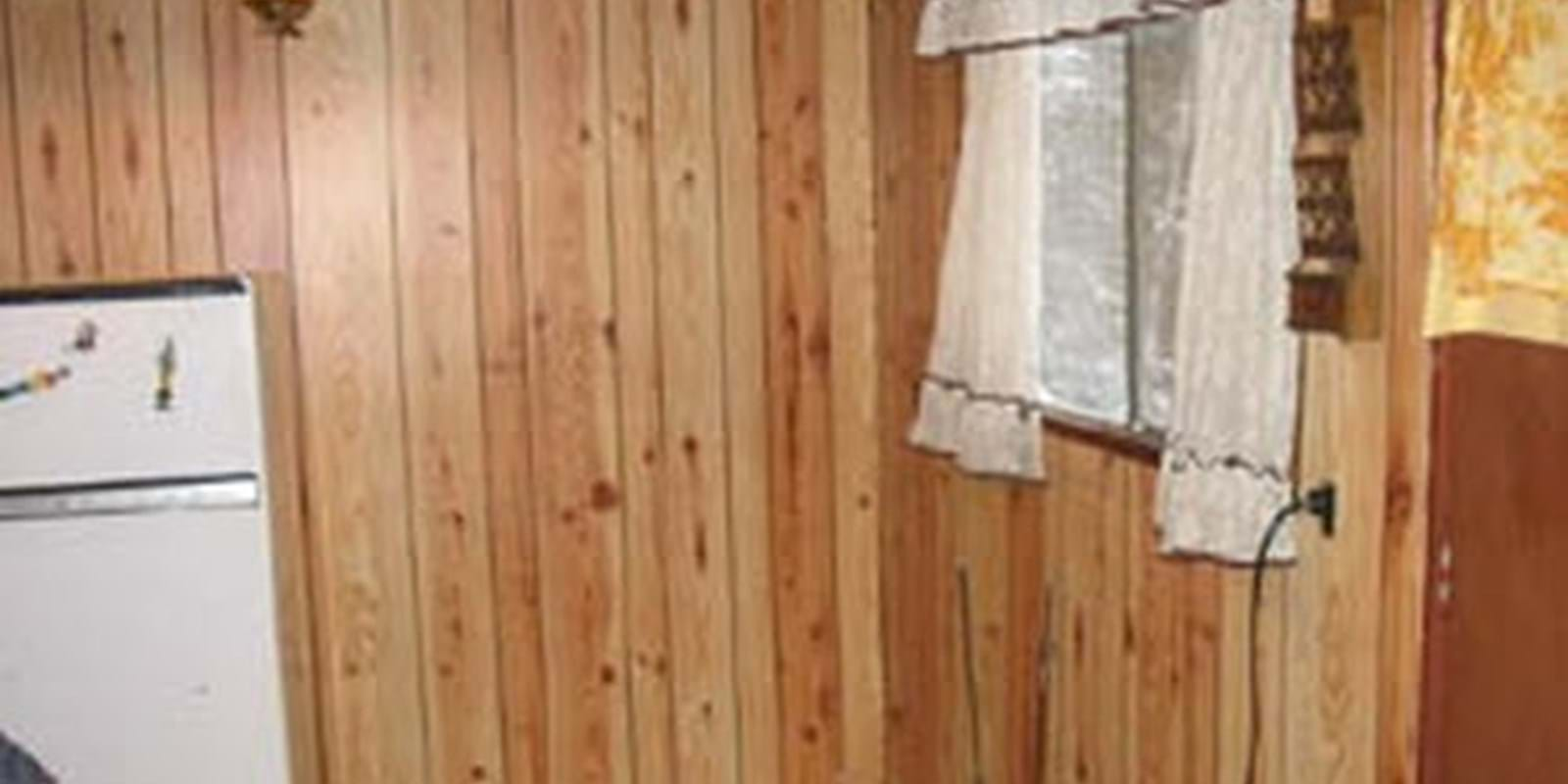Improving the energy efficiency of your home can do more than reduce your energy use and help protect the environment. It can also help you reduce drafts and noise, fix moisture and condensation problems, improve your indoor air quality and comfort level — and help save your family money year round.
Regardless of where you live or the type of house your family calls home, Canada Mortgage and Housing Corporation (CMHC) has a number of energy-saving tips you can use to help you save money, save the environment — and reduce your energy use by as much as 47 per cent — including:
- Draftproof everywhere, including foundation walls, attic hatches and doors, around window and door frames, at ceiling penetrations, around light fixtures and wiring, and around service penetrations through exterior walls. Plus, seal the joint between the window frame and wall, and keep weather stripping and storm windows in good repair.
- Consider upgrading to more energy-efficient windows to prevent heat loss, greatly improve comfort levels and reduce maintenance needs.
- Consider upgrading your furnace or boiler to a new high-efficiency unit.
- Cover hot water pipes within three meters (nine feet) of the hot water tank with pipe insulation, and if possible, insulate all accessible hot water pipes.
- In the winter, install a programmable thermostat to lower the temperature at night and during the day when your home is unoccupied. In the summer, use the thermostat to allow the temperature in your home to rise when you are not there.
- Replace and recycle older refrigerators, freezers, electric ranges and dishwashers with newer Energy Star rated models, and switch to energy-saving fluorescent, compact fluorescent and task lighting where possible.
- If you own a fireplace or woodstove, replace any leaky dampers and repair chimney flues. Also consider switching to more energy-efficient options such as an electric fireplace insert, EPA-rated insert unit or direct-vent natural gas fireplace insert.
- Save energy and water by installing low-flush or dual-flush toilets, low flow faucets and shower heads, and front-loading clothes washers that reduce water heating loads, water consumption and clothes dryer operation.
For more information, CMHC offers a new series of Renovating for Energy Efficiency fact sheets that describe ways of saving energy in houses of all types and ages, including pre-World War II houses, post-War 1½-storey , post-60s two-storey homes, 1960s or 70s one-storey homes, split-level and split entry homes, mobile homes, duplexes and triplexes, row houses, homes with walkout basements and common additions. To obtain your free copy of these and other fact sheets on virtually every facet of owning, maintaining or renovating your home, visit our Web site at http://www.cmhc.ca/ or ask CMHC at
For story ideas or to access CMHC experts or expertise, contact CMHC Media Relations — National Office at:

